How to Ensure Durability in Your Concrete Sidewalks
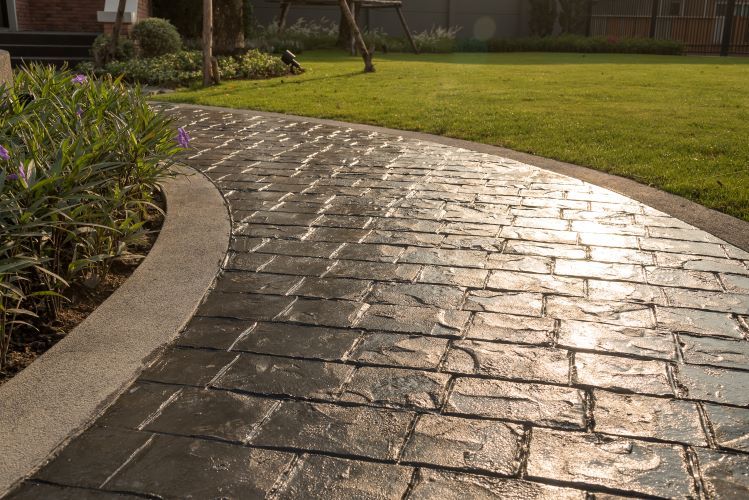
Concrete sidewalks are a common feature in many neighborhoods and public spaces. They provide a smooth, durable surface for pedestrians and can enhance the overall aesthetic of an area. However, ensuring the longevity of a concrete sidewalk requires careful planning, proper installation, and regular maintenance. Here’s a guide from Concrete Contractors St. Johns, your local concrete contractor company in St. John's, Newfoundland, on how to ensure durability in your concrete sidewalks.
1. Proper Planning and Design
Assess the Site
Before any concrete is poured, it's crucial to assess the site where the sidewalk will be installed. Consider factors like soil type, drainage patterns, and the amount of foot traffic the sidewalk will endure. Proper site assessment helps in designing a sidewalk that can withstand local conditions and usage patterns.
Design for Expansion
Concrete expands and contracts with temperature changes. Without proper expansion joints, your sidewalk can crack under these stresses. Ensure that your design includes expansion joints at regular intervals to allow for this natural movement.
2. High-Quality Materials
Use High-Grade Concrete
The quality of concrete used plays a significant role in the durability of the sidewalk. Use a high-grade mix that is suitable for the local climate and soil conditions. For sidewalks, a mix with a minimum compressive strength of 4000 psi is often recommended.
Add Reinforcements
Reinforcing the concrete with steel rebar or wire mesh can significantly enhance its strength and durability. These reinforcements help distribute the load and reduce the risk of cracking.
3. Proper Installation Techniques
Prepare the Base
A strong and stable base is essential for a durable sidewalk. Excavate the site to the appropriate depth and fill it with a well-compacted gravel or crushed stone base. This base layer helps in drainage and provides a solid foundation for the concrete.
Ensure Proper Thickness
The thickness of the concrete sidewalk should be sufficient to support the expected load. For most residential sidewalks, a thickness of at least 4 inches is recommended. For areas with heavier foot traffic or potential vehicle crossings, increase the thickness to 5-6 inches.
Control the Cure
Proper curing is crucial for the strength and durability of concrete. Keep the newly poured concrete moist for at least 7 days. This can be achieved by covering it with wet burlap, plastic sheeting, or using a curing compound. Avoid rapid drying, as it can lead to cracking.
4. Regular Maintenance
Seal the Surface
Applying a concrete sealant helps protect the surface from moisture, chemicals, and wear. Regularly reapplying the sealant, typically every 2-3 years, can significantly extend the life of the sidewalk.
Clean and Inspect
Regularly clean your sidewalk to remove dirt, debris, and stains. Conduct periodic inspections to identify and repair any cracks or damage early. Small cracks can be filled with concrete patching compound, preventing them from growing larger.
Address Drainage Issues
Ensure that water drains away from the sidewalk. Poor drainage can lead to water pooling, which can seep into the concrete and cause damage, especially during freeze-thaw cycles. Properly graded soil and the installation of drainage systems can mitigate these issues.
5. Professional Installation and Repairs
Hire Experienced Contractors
The expertise of the contractor plays a significant role in the durability of your concrete sidewalk. Hire experienced and reputable contractors like Concrete Contractors St. Johns to ensure that the installation is done correctly.
Timely Repairs
Address any signs of damage promptly. Cracks, spalling, or uneven surfaces should be repaired immediately to prevent further deterioration. Professional repair services can effectively restore the integrity of the sidewalk.
Conclusion
Ensuring the durability of your concrete sidewalks involves careful planning, the use of high-quality materials, proper installation techniques, and regular maintenance. By following these guidelines, you can enjoy a long-lasting, attractive, and functional sidewalk.
For professional concrete services in St. John's, Newfoundland, trust Concrete Contractors St. Johns to deliver exceptional results.
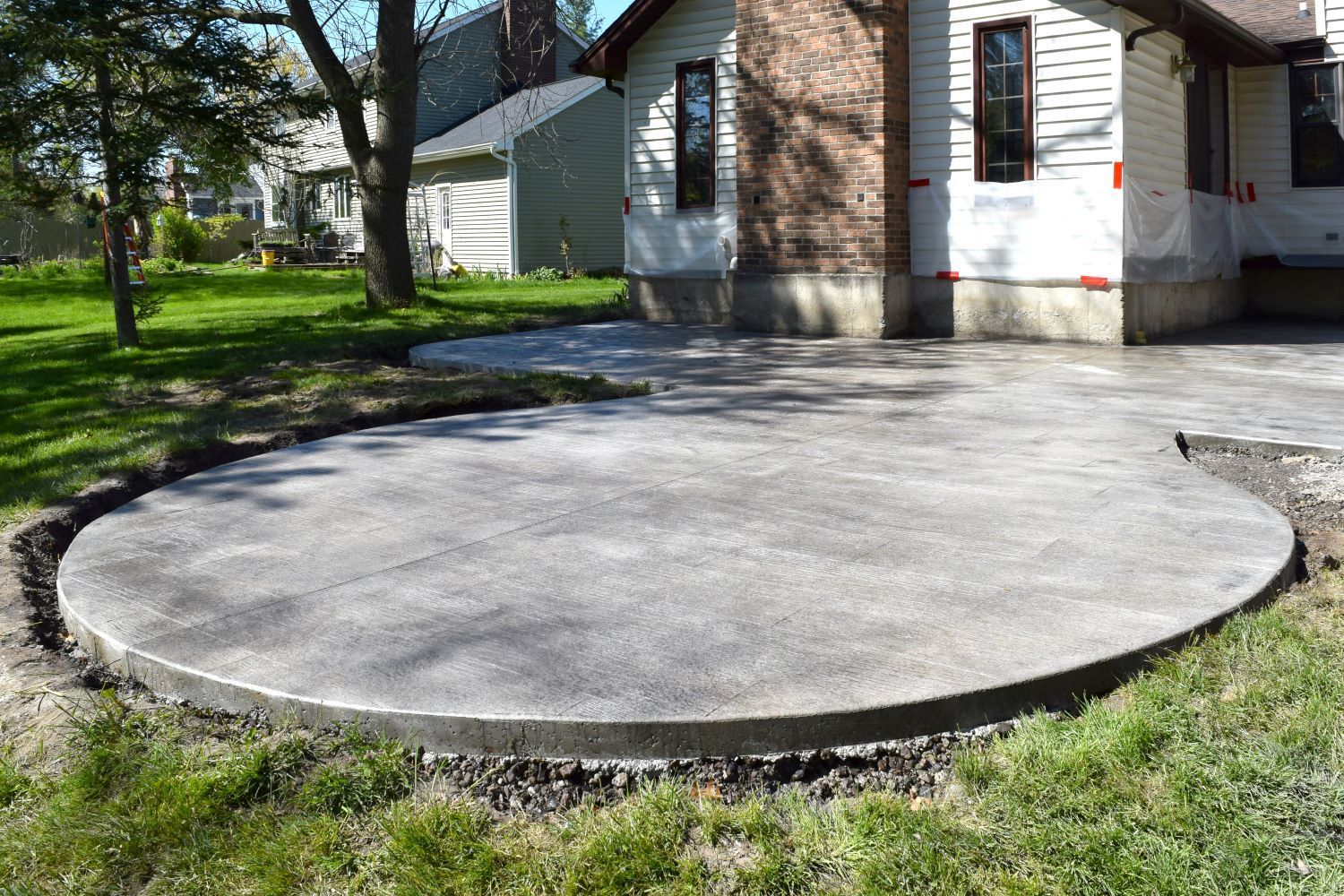


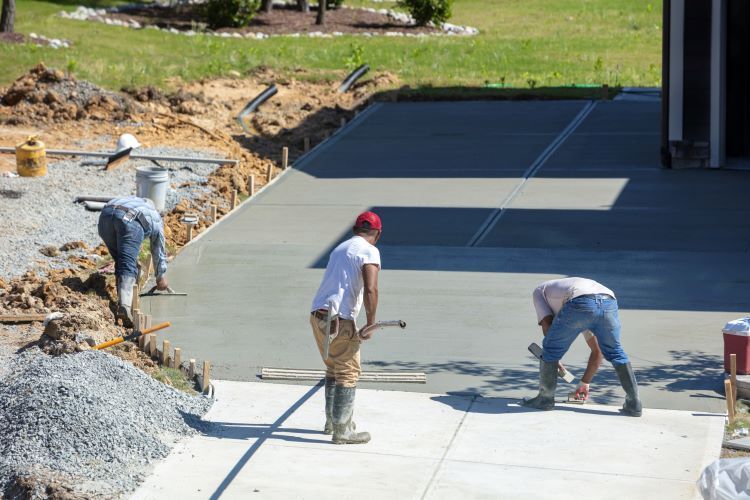
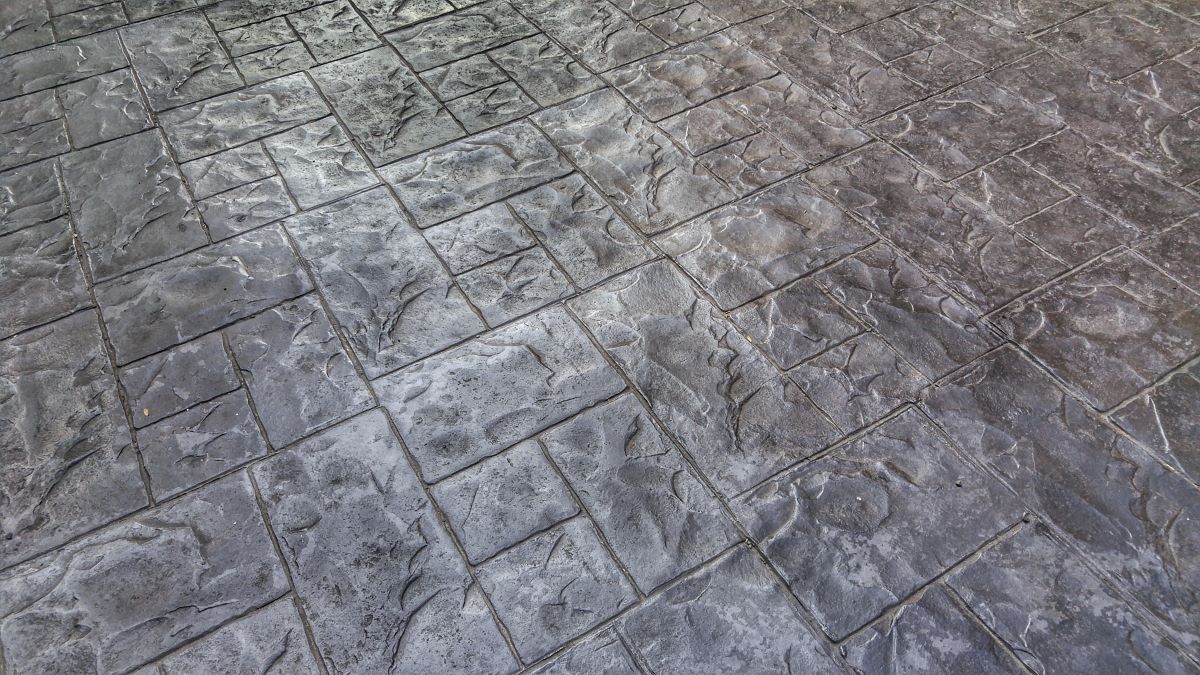

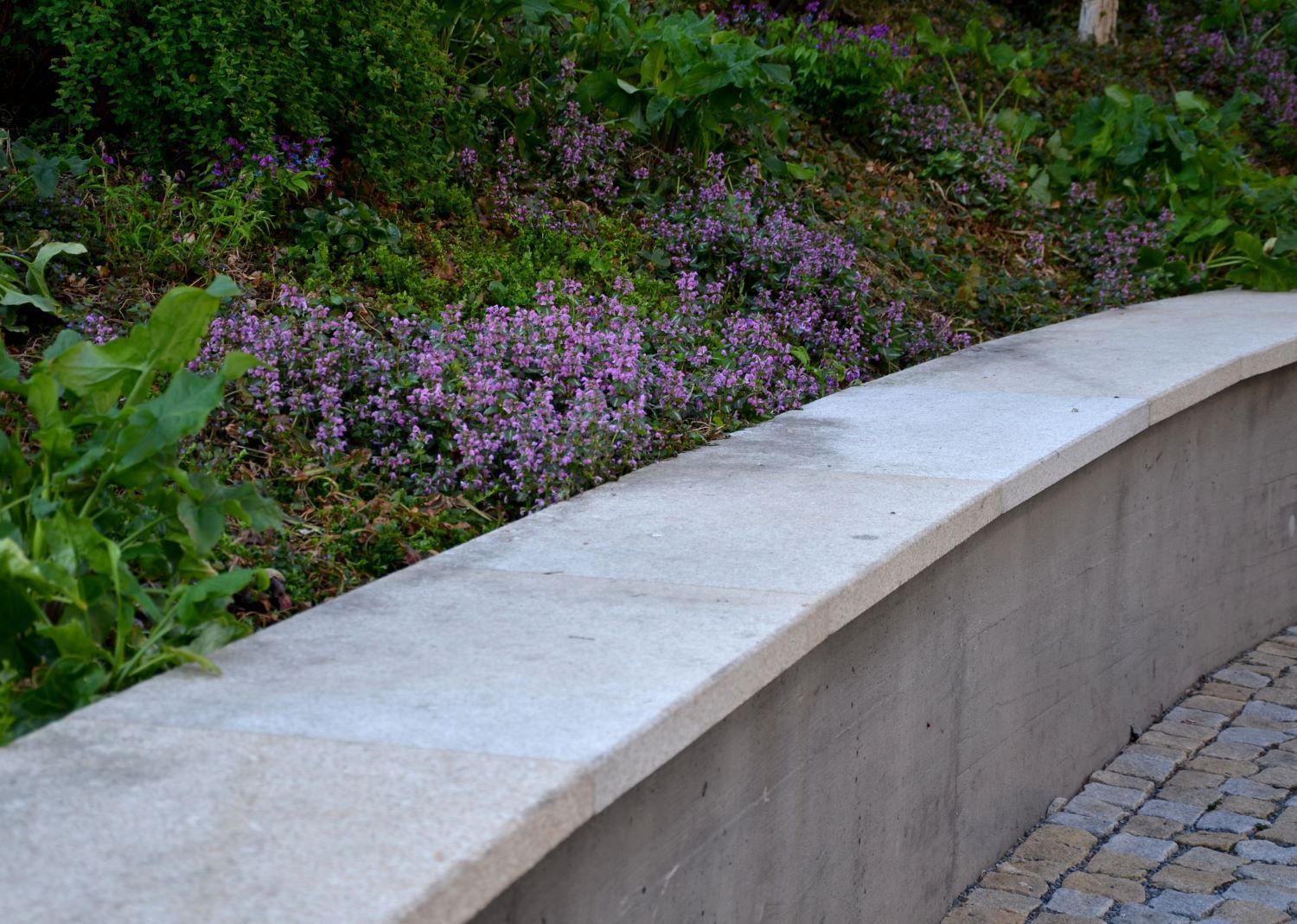

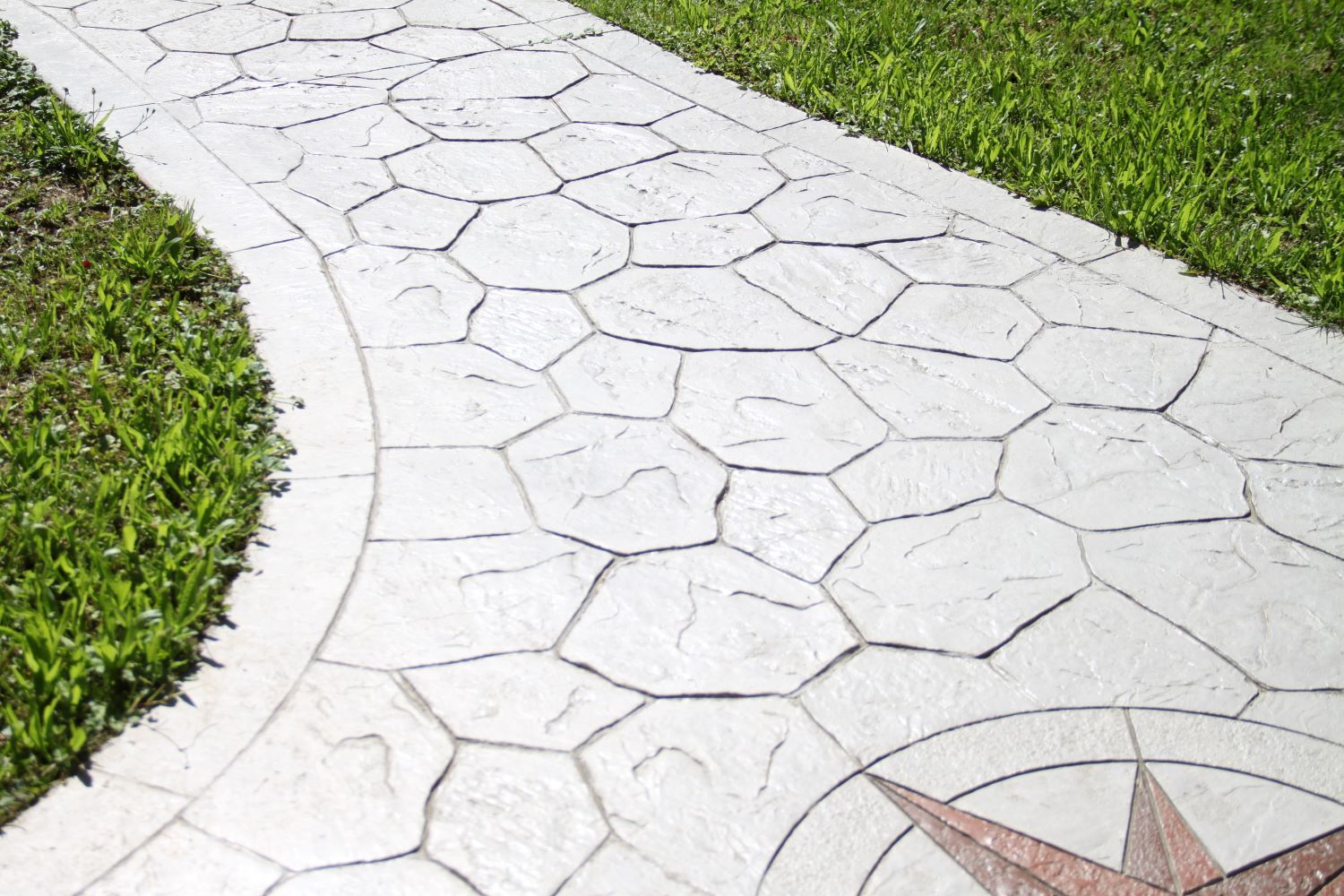


Main Office
St. John's, Newfoundland
New Paragraph
